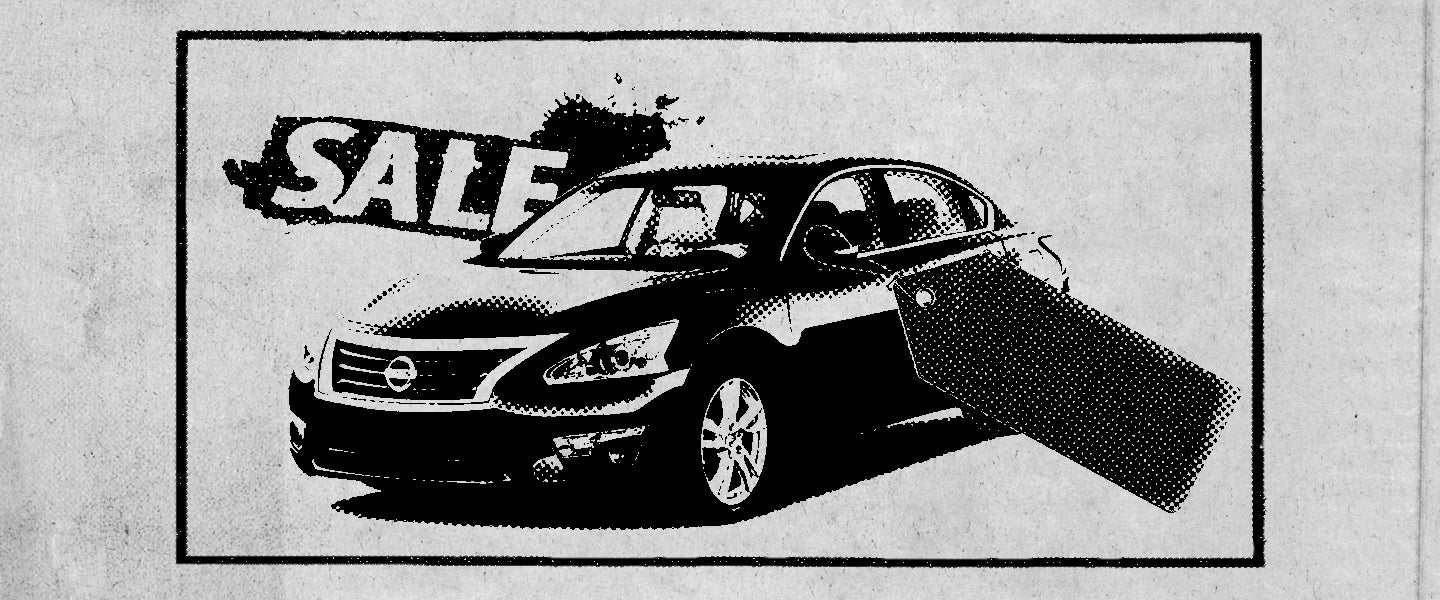If the modern automobile had a status on Facebook, it would undoubtedly be “It’s complicated.” With their computer-controlled fuel injection systems, continuously variable transmissions and three-phase four-pole AC induction motors, the days when every Tom, Dick or Harry could wrench on their ride seem long gone. So let us help — especially with the seemingly mundane stuff that if not done properly, your dad and/or his favorite mechanic vowed would ruin your car forever. Because when it comes to cars — and this column — no question is too dumb.
I’ve had my eye on a new Jeep Wrangler, but the listed price on the website isn’t what I’m getting quoted when I go into a dealership. Then, on top of that, every dealership seems to be offering the car for a different price entirely. What gives?
Ahh, yes, the delicate ballet of buying a car. I don’t blame you at all for being confused. The reality is, buying a new car can be confusing, given the fact that its MSRP, i.e., the “sticker” price, is rarely — if ever — what you’ll end up paying when they bring in the husky fella to lean over you while you sign on the dotted line.
This, my friends, has everything to do with the fact that, in this country, we use the dealership system to buy and sell cars, instead of direct to the consumer. In other words, that MSRP you saw on the Jeep website? That’s just a jumping-off point. Dealers are middlemen; they buy in bulk from the manufacturer, and then they set the final sale price, depending on a huge range of factors. Things like:
- Supply and Demand. You want the Wrangler in the Willys trim, but so does everyone else, and they only have one on the lot. That may or may not be true, but if you fall for it, you’ll end up paying a premium.
- Time of Year (and Week). Newer models ship in, older models need to be bought. So as to make room for new inventory, you can often get a better deal in certain months (like October), days (end of the month, when salespeople have to hit their numbers) or days of the week (Mondays, when salespeople are at their slowest), lowering the final price.
- Optional Packages. Dealers rarely have the spec’d out model you built on the website; instead, they’re often loaded with extras — like nav, remote entry, etc. — that’ll bump up the price for you, and profit for them.
- Dealer Holdbacks. This is a percentage of sticker price the dealer pays to the manufacturer when they sell you a car and get back at a later date. Typically, a dealer will pass this onto the customer, netting them pure profit since they get it back anyways, but smart buyers know it’s a charge you can negotiate to get down to a lower price.
- Dealer Cash. Basically some extra cash incentive provided by the car company to consumers to help the dealer move cars that aren’t selling as well. Dealer cash can help you get below the MSRP, even as low (or lower) than the dealer’s invoice cost.
I know, I’m speaking Greek. Don’t be embarrassed if it doesn’t quite make sense why you can’t just walk into a dealership and buy a car at a set price. News flash: They want it that way. The less you know about how your new car’s price is set and the more opaque the buying process is, the easier it is for the dealer to get you to pay more than you should — a number that, if you stay strong and hone up on your negotiating skills, could actually be less than what they paid to the car company when they bought it from them.

